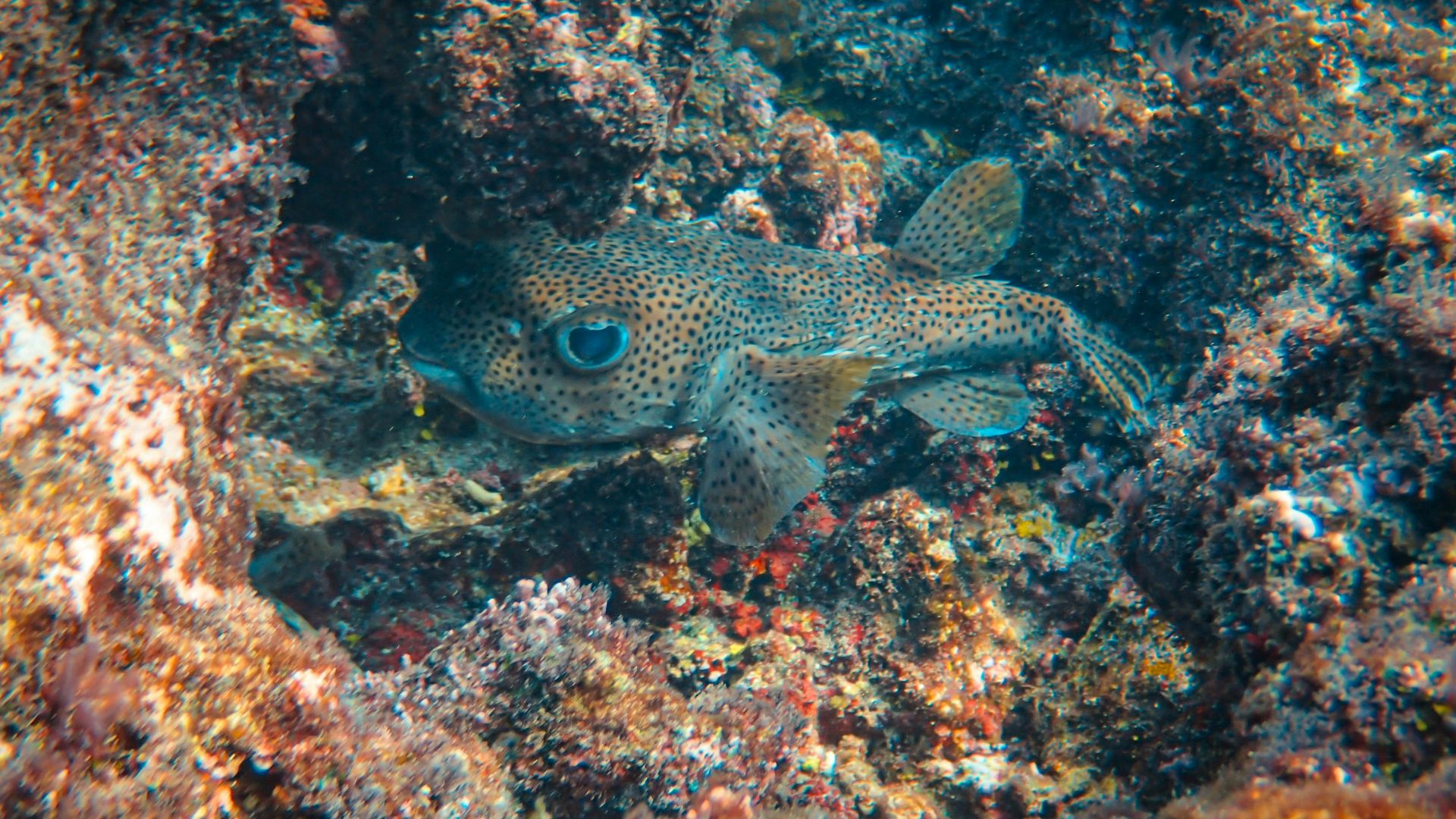An initial examination of Maria’s fingerprints shows distinct straight-line patterns on her fingers and toes. Given that fingerprints evolve over millions of years, this unusual characteristic contributes valuable insights to the anatomical study of tridactyls.

It’s fascinating to consider how unique traits like Maria’s straight-line patterns on her fingerprints could contribute to our understanding of tridactyls. The evolutionary process behind fingerprints is indeed complex and can reveal a lot about our species’ adaptation over time. Examining these patterns could provide insights into how genetic variations contribute to anatomical diversity, even within specific traits. It would be interesting to explore any potential links between her fingerprint patterns and those seen in other species, as well as the implications for evolutionary biology. Have there been any studies on similar traits in other tridactyls that could shed light on this?